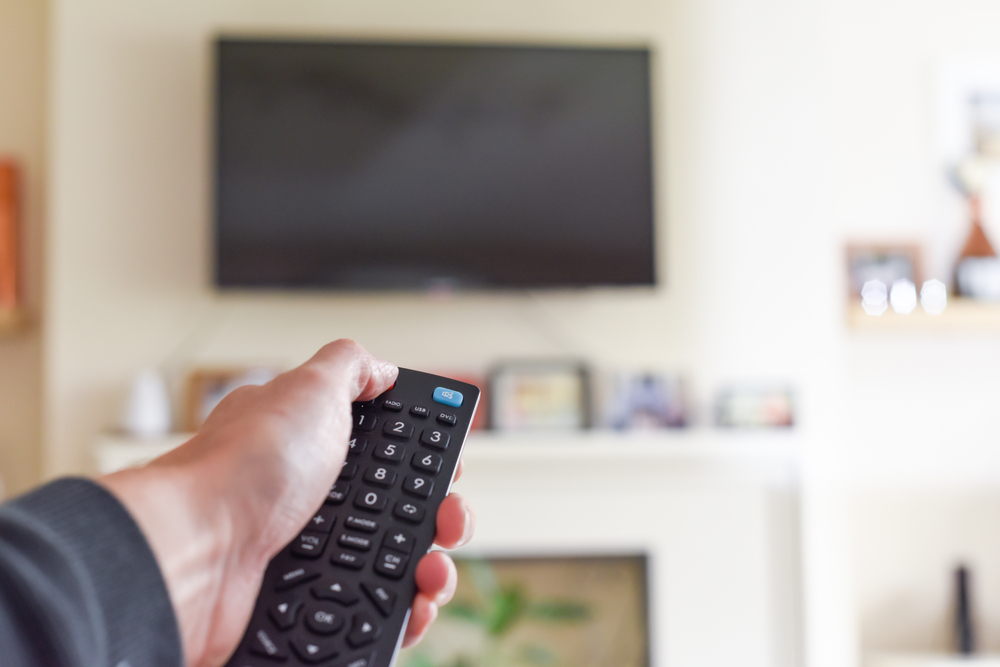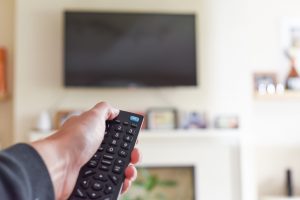If your household bills are still sky-high despite your best effort to cut costs, it may be worth taking a closer look at your dormant appliances.
It can be easy to assume that flicking the switch is enough but with most devices still racking up energy (and costs) whilst plugged in and the cost of living crunch crippling peoples’ finances, it is time to pull the plug on your home’s vampire appliances.
In this guide, we talk you through which household appliances can be safely left on standby mode and which should be switched off with phantom loads silently but surely adding £100s to your energy bill every year.
You could write off up to 81% of your unsecured debt today
Television
With the average UK household home to 2.5 televisions, it can be tempting to just press the power button and settle for standby mode.
It is quick and convenient and is unlikely to make a noticeable difference to your monthly energy bill, but over the course of a year, this can cost you a pretty penny.
Leaving your television on standby mode for as little as 60 minutes, for example, can consume up to 10 watts, or 28p, worth of energy which can see your annual energy bill increase by a budget-busting £25.
It might take a few seconds longer and require you to squeeze behind your sofa but with substantial savings to be made, it pays (literally) to flick the switch.
Printer
It probably isn’t one of the most-used appliances in your home but by leaving your printer plugged in, it can quickly become one of the most expensive.
In the space of 12 months, your printer can cost over £10 to run even if you don’t print a single page with modern printers and scanners amongst the worst offenders due to their higher energy output.
If you only use your printer a handful of times throughout the year or when you absolutely need to, consider investing in a basic model, pulling the plug, or keeping your device stored away to put a stop to any unnecessary energy consumption.
This can also free up valuable storage space in your home with printers having a sneaky habit of sitting out of sight and out of mind (even if they do just sit and gather dust).
Games consoles
If you are an avid gamer, leaving your games console on standby mode can be a great way to continue playing where you left off with minimal start-up time.
But with games consoles still able to input voice commands and instal software updates whilst in ‘instant on’ mode, you may not share the same level of enthusiasm when you are slapped with your annual energy bill.
UK households also spend a whopping £231 million annually on games consoles in standby mode so whilst you might be saving yourself a couple of seconds, your convenience could be costing you up to £22 every year.
To put a stop to your games consoles costing you a small fortune, opt for energy-saving mode or make the extra effort to pull the plug.
Laptop
In recent years, remote and hybrid working has become the norm around the world with millions of people forced to work from home due to the COVID-19 pandemic.
It has led to our laptops becoming a crucial part of our daily lives but with it costing up to 1.33p per day just to run on standby mode, you can save up to £5 on your annual energy bill by pressing the power button as opposed to just closing the lid, which most laptop users are guilty of.
This can protect your laptop from unexpected power surges and ensure essential updates are installed for fewer interruptions during important business calls or when project deadlines are looming.
If you leave your laptop plugged in overnight or just tend to plug it in and forget about it, pulling the plug when it reaches full battery can also axe unnecessary energy costs.
Smart speaker
It can turn on the lights, play your favourite song, and answer almost any burning question or query you have but in order to provide you with maximum convenience, your smart speaker must also consume maximum energy.
It may only require a measly three watts of energy when in use but with this figure only dropping to two watts when in standby mode, you can save up to £4 every year just by unplugging your smart speaker when not in use.
This may not seem like a substantial saving but with the average household home to multiple smart speakers and the energy price cap set for another 32% increase before the end of the year, you can claw back costs by only turning it on when you need it, which may only be a couple of times a week.
It is common sense to press the power button on your household appliances but by forgetting flick the switch, your efforts could be going to waste with standby mode a convenient, but costly, option during the current cost of living crisis.




